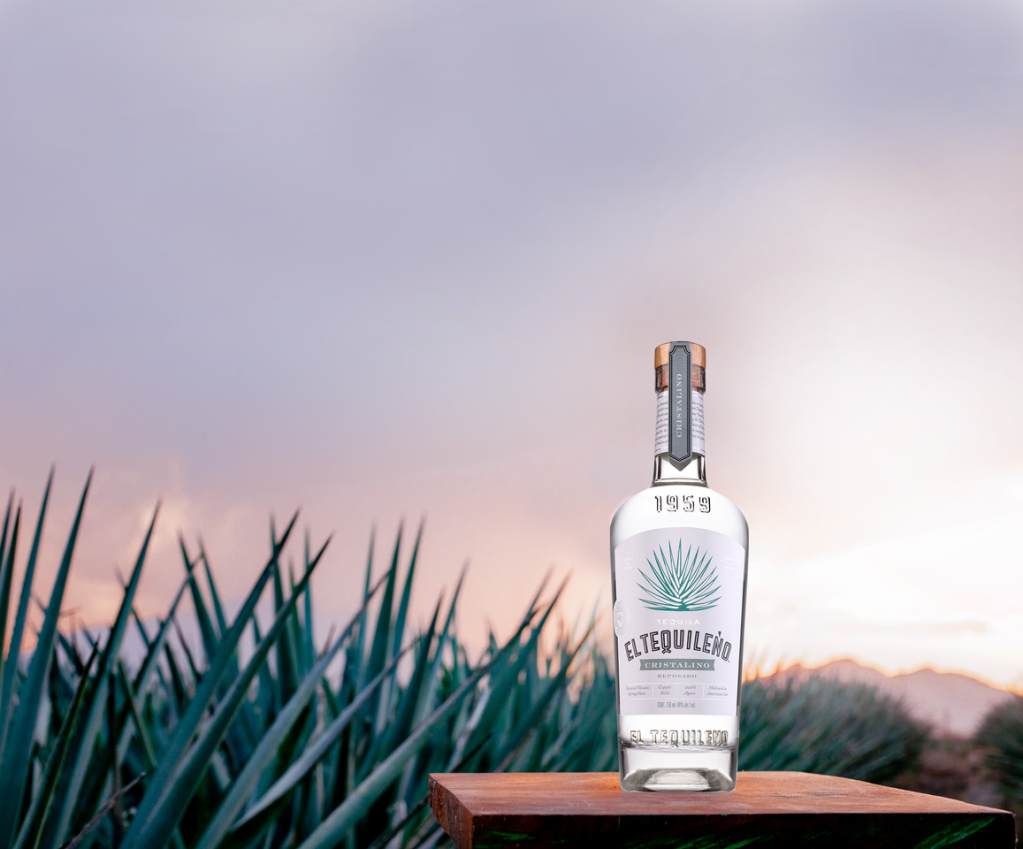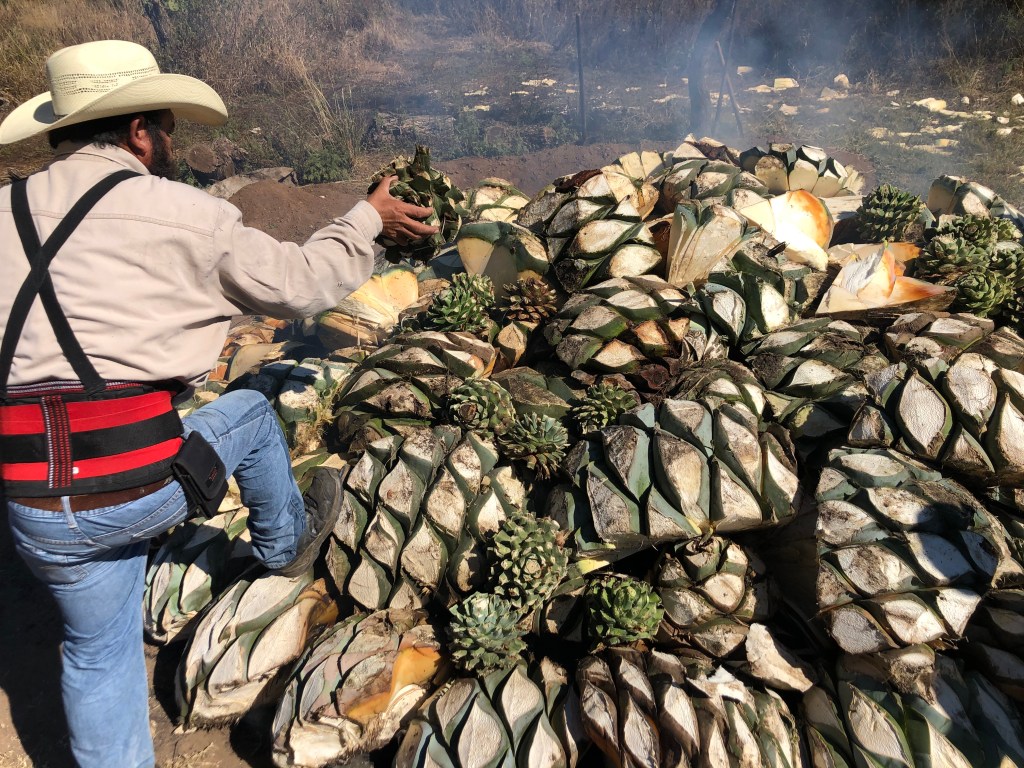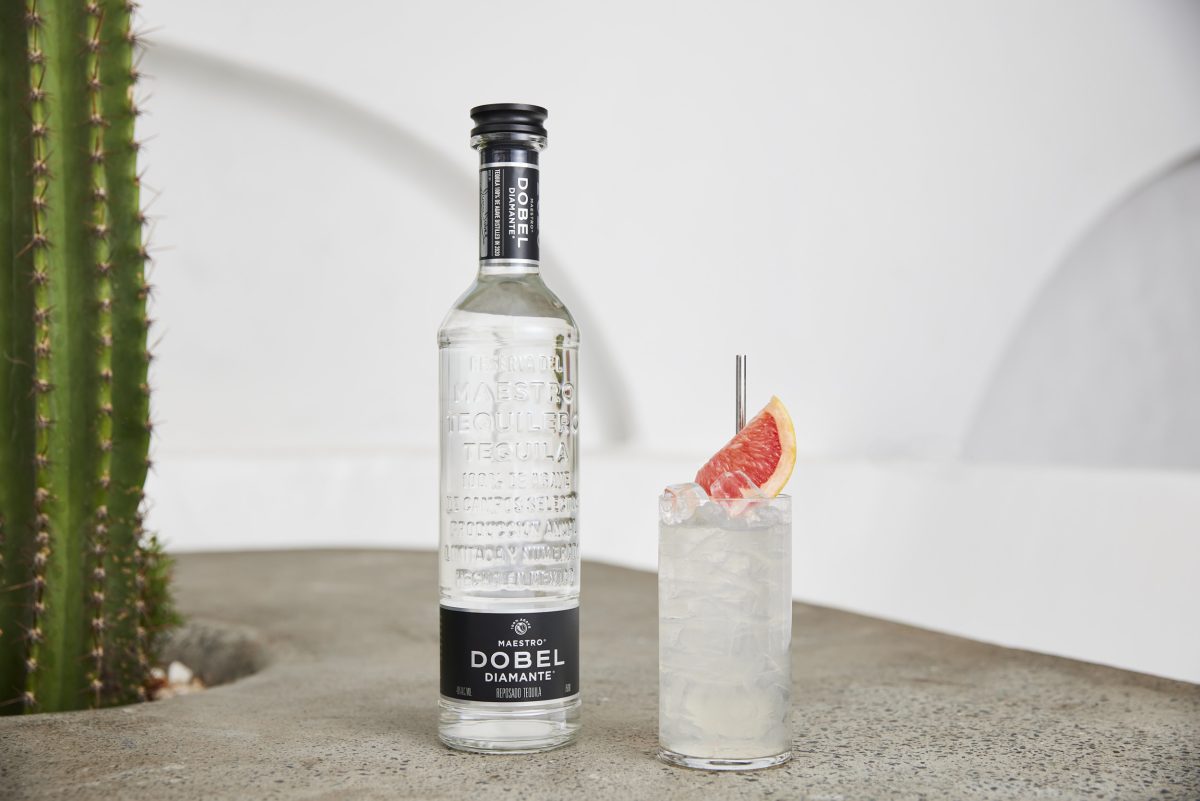It’s said to be one of Mexico’s fastest growing tequila styles, so what’s the story behind cristalino tequila, which looks clear, but tastes aged? National Liquor News reached out to some leading agave experts to learn more.
What makes a cristalino?
At its most simple, cristalino is añejo (aged) or extra añejo tequila which has been filtered through activated charcoal in order to remove the colour imparted by the oak barrels. Hayley Dixon, Spirits Specialist at Proximo Spirits, explains the critical details.
“The fundamental points that make a tequila a cristalino are that it must be aged and at a minimum qualify as a reposado tequila first, meaning you cannot just bottle a silver tequila and call it a cristalino,” Dixon says.
Reposado tequilas must be aged for a minimum of two months in wood casks, though in practice, most cristalinos are aged far longer.
“Brands must also have documentation showing how the colour from the barrel aging was removed from the liquid. One of the more obscure requirements is that the liquid must retain some flavour elements from the aging process,” Dixon adds.
“Therefore, you cannot produce a neutral-tasting product, however, with taste being subjective this is presumably harder to regulate.”
For Chris Chappell, CNV Liquor Co-founder and Head of Experience, the style provides a spirit with a new look, but also an interesting flavour, highlighting the agave spirit’s natural “floral and fruity aromas” while retaining “the profile of a tequila that has been barrel aged.”
Unlike the spirit itself, it’s not immediately clear where this style of tequila falls in the regulatory arena, as Howard Baynie, Managing Director of Agave Lux (a specialist Mexican spirits wholesaler and retailer), outlines.
“Tequila cristalino is not an ‘official category’ of tequila, according to the Tequila Regulatory Council [the Consejo Regulador del Tequila, or CRT], but cristalino is recognised by the CRT,” Baynie explains.
The CRT regulates the nascent style along the lines described by Dixon – but Baynie adds a little further detail here too.
“Cristalino tequilas are typically made from añejo Tequila that sees a minimum of 12 months of maturation in oak barrels,” he said.
However, Baynie highlights that producers are also able to clarify their spirit by undertaking an unusual third distillation, post-aging, alongside charcoal filtration.
“Typically, they [producers] do both,” Baynie says.
Of course, this combination of aging plus filtration is nothing new in the spirits world – similar processes have been used in rum-making for decades, while it also bears a striking resemblance to Tennessee whiskey’s famed ‘Lincoln County Process’.
The cristalino offering
The style was first introduced in Mexico in 2011, with brands like Don Julio and Maestro Dobel taking a lead in its development. Now, there are several producers making cristalino, with more and more expressions available in Australia, as Chappell demonstrates.
“Many producers are now creating their own examples which can vary in flavour from dry to sweet. Some of our favourite examples come from El Tequileño and Tierra Noble,” Chappell says.
Maestro Dobel’s Dobel Diamante claims to be the first cristalino tequila to be produced, and Dixon told National Liquor News why the brand (founded in 2008, but with a family history of spirits-making going back some 225 years) took this step.
“Proximo CEO Juan Domingo Beckmann wanted to push the boundaries of what is possible in tequila,” Dixon says.
“The category has remained very traditional since its inception but just like all spirit categories, there needs to be an element of evolution. This allows tequila to reach new consumer segments and helps to continue propelling the category forward.”

Who’s drinking cristalino?
There was broad agreement amongst the experts in this story about the immediate appeal of cristalino to a new audience of agave spirits drinkers.
Although Agave Lux does not currently import any cristalino, nor does it have any plans to, Baynie said he can see the appeal for those just beginning to try the product.
“I like the fact that tequila continues to evolve and bring awareness to the category, it is a safe way to introduce consumers to softer tequila and everyone begins their journey somewhere with the tequila category,” he comments.
And this position is also held by Dixon, who says: “Cristalino is great for those coming into the category, or just starting out on their tequila journey.
“The filtration process often smooths the liquid, reducing the levels of spice and the harsher barrel notes.”
Chappell has identified a clear change in the demographics consuming tequila, driven by the cristalino style.
“The consumption shift is largely with female tequila drinkers, with over 50 per cent of consumers looking for a clean, clear, more approachable spirit. Cristalino has also played a huge part in getting younger millennial consumers to reconsider tequila as appealing,” Chappell says.
However, it is a style that will not appeal to all drinkers, and this is something that retailers should be conscious of. It’s unlikely to be a spirit that attracts the attention of the real agave purists, or those drinkers who prefer more powerful flavours in their tequila, whisky or rum.
“While many highly experienced tequila drinkers will prefer the stronger flavours associated with aged or silver expressions, cristalino opens the door to those who desire something lighter and more refined,” Dixon says.
Baynie also believes tequila purists will “steer clear” noting: “I don’t say that to be negative, I say that to highlight the culture, tradition and heritage that surrounds the agave spirits category.”

Retail recommendations
So, the appeal for certain drinkers is clear, but what’s the appeal for retailers, and how can they best take advantage of this burgeoning spirit’s style?
“While here in Australia we are still very much exploring the traditional varieties of tequila, cristalino certainly has its place in our market,” Chappell says.
“With consumers willing to try new products, having a cristalino in your tequila section makes total sense.”
Dixon also has as similar message, and stresses the continued novelty of the tequila category in Australia.
“It is still such a new category for us here in Australia so retailers will play an integral role in educating the consumer on what sets it apart,” she said.
“An important thing to remember when selling cristalino tequila is that at the end of the day, it is still an aged spirit. It’s easy to look at the crystal-clear appearance and immediately think of the flavours associated with a silver.”
Finally, Dixon advises a tried and tested method for securing sales: liquor on lips for a broad range of buyers.
“Given the lengthy process and expertise that goes into the production of cristalino it is typically marketed as a super-premium product and should be retailed accordingly,” she said.
“In-store tastings, distinctive stands, and point-of-purchase materials to elevate the consumer experience will be integral in driving trial and sales.”
Find out more about the wider agave spirit category in Australia in the November issue of National Liquor News.

